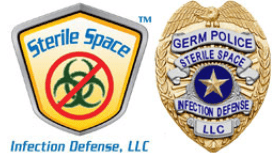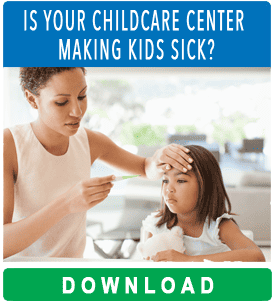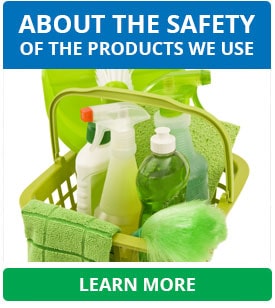Parents and teachers view the return to school differently, but share one opinion in common: they dread the surge of illness that strikes soon after. With so many kids in one space, sharing just about everything, classrooms quickly become a breeding ground for germs, and parents know their children will be bringing home something other than homework and school flyers. Colds and the flu soon run rampant, leading to more than 20 million combined sick days from school. Here are some infection prevention tips everyone can follow to help stop the spread of germs.
1. Immunization
Preventing illness entirely is the best course of action. Parents should make sure their children remain up-to-date on all required immunizations and seasonal vaccinations. Getting vaccinated against the flu is especially important.
2. Correct Handwashing
Children catch the cold virus after they touch an infected surface and then touch their eyes or nose before washing. Studies have shown that children often skip washing hands when at school, further aggravating the problem.
Parents should instill good handwashing routines in their children. This should include washing both sides of the hand, between fingers, and under fingernails and doing so for the proper amount of time. Teach them to sing or hum Happy Birthday or their ABC’s while they wash. Follow that with rinsing in warm water. Teach them when to wash, like before and after going to the bathroom and before eating, drinking, or touching their face.
3. Sanitize
Sinks are not always available. Parents and teachers should provide sanitizing options, like gels or wipes, as an alternative. Teach the children to rub or wipe their hands with the product until their skin is dry, roughly thirty seconds. The CDC recommends using sanitizers that contain at least 60% alcohol for maximum effect.
4. Germ Etiquette
To help reduce the spread of germs, parents should teach proper etiquette. Train children to sneeze or cough into tissue or a shirt, then go wash or sanitize their hands. If another child is sick, advise them to keep their distance for that day.
5. Bring Supplies
Parents need to be sure their kids have adequate school supplies to reduce the amount of sharing that happens at school. This reduces the risk of touching infected items. Parents can go a step further by sending in germ fighting supplies like tissue, soap, and sanitizer.
6. Don’t Share
While teaching kids to share is recommended, at school parents should train their kids to keep their personal items to themselves and not use something from someone else. They should not share food, drinks, lipstick or balm, lotions, makeup, ear buds, clothing. Some things will need to be shared, like books or toys. In this case, the parents should remind their kids to wash or sanitize after doing so.
7. Germ Hotspots
Children should be informed about which germ hotspots to avoid. These include railings, door knobs, water spigots, and cafeteria trays.
Parents can help keep their children germ-free by helping them to practice these tips and providing them with the supplies they will need to stop the spread of germs.
Additional Resources:
https://www.cbsnews.com/news/10-tips-to-reduce-germs-in-the-classroom/
https://www.webmd.com/children/features/germs-in-school-room#1
https://www.invitehealthblog.com/back-school-preventing-germs-classroom/
https://www.nea.org/home/32002.htm
https://www.healthychildren.org/English/health-issues/conditions/prevention/Pages/Prevention-In-Child-Care-or-School.aspx




